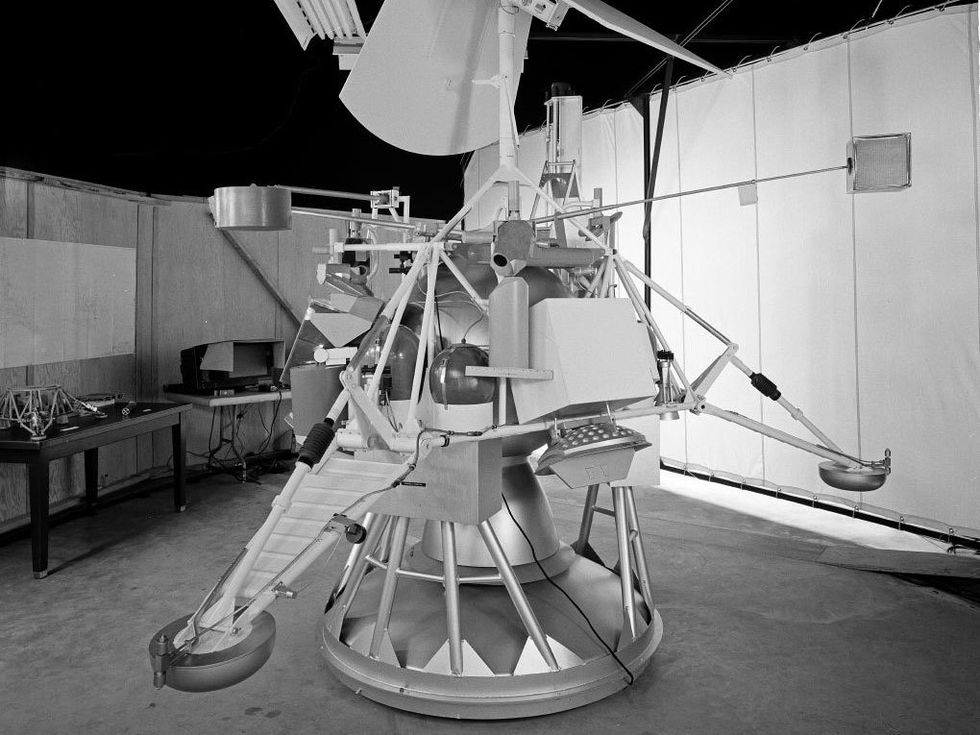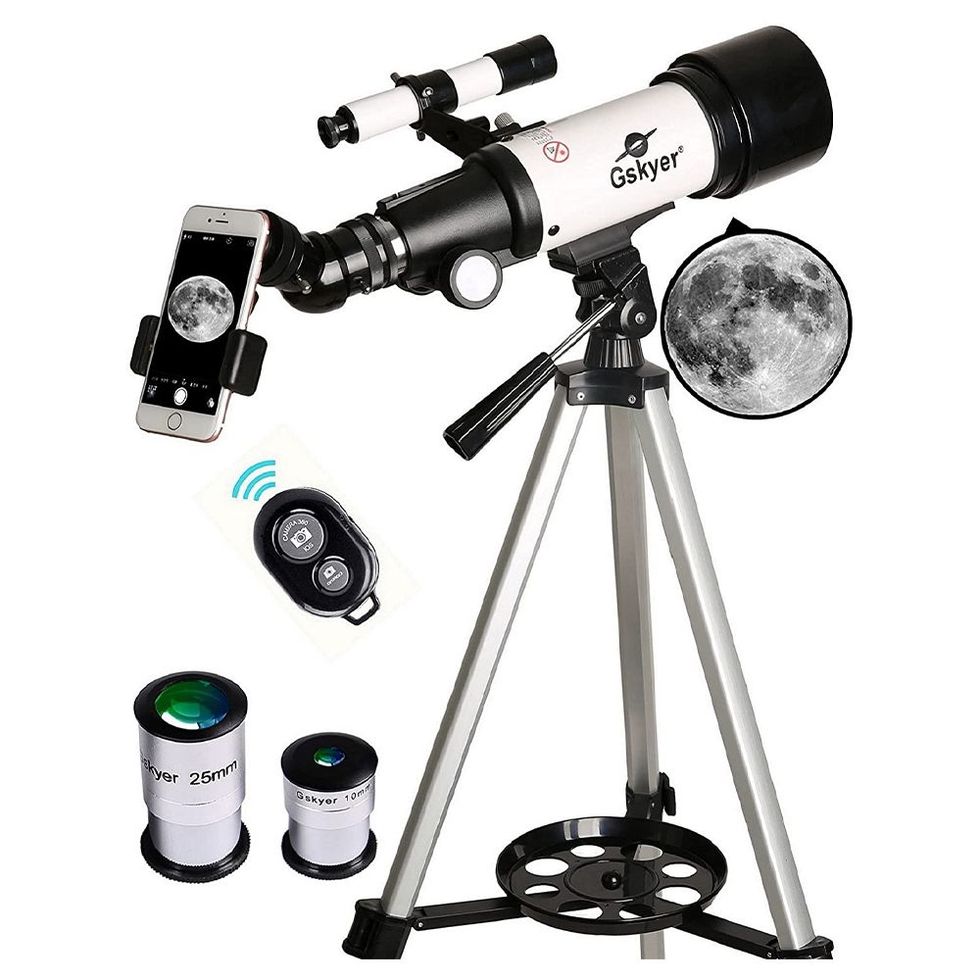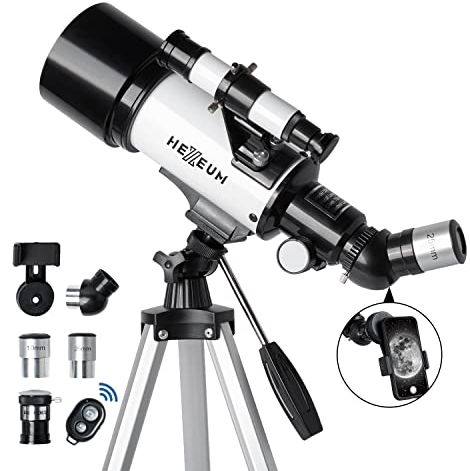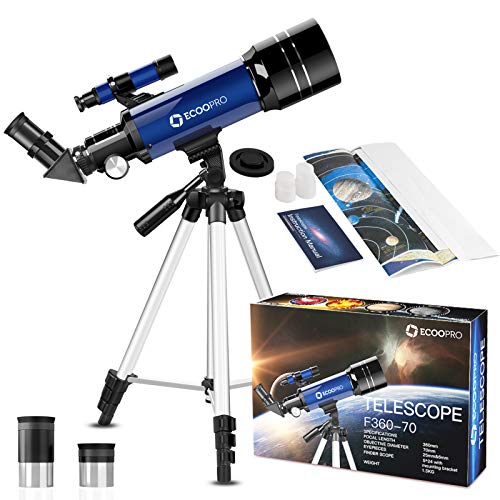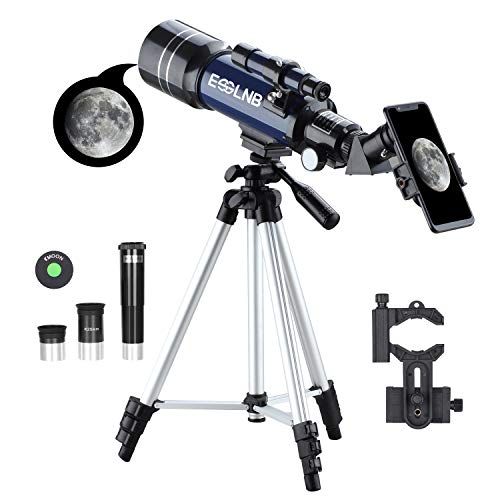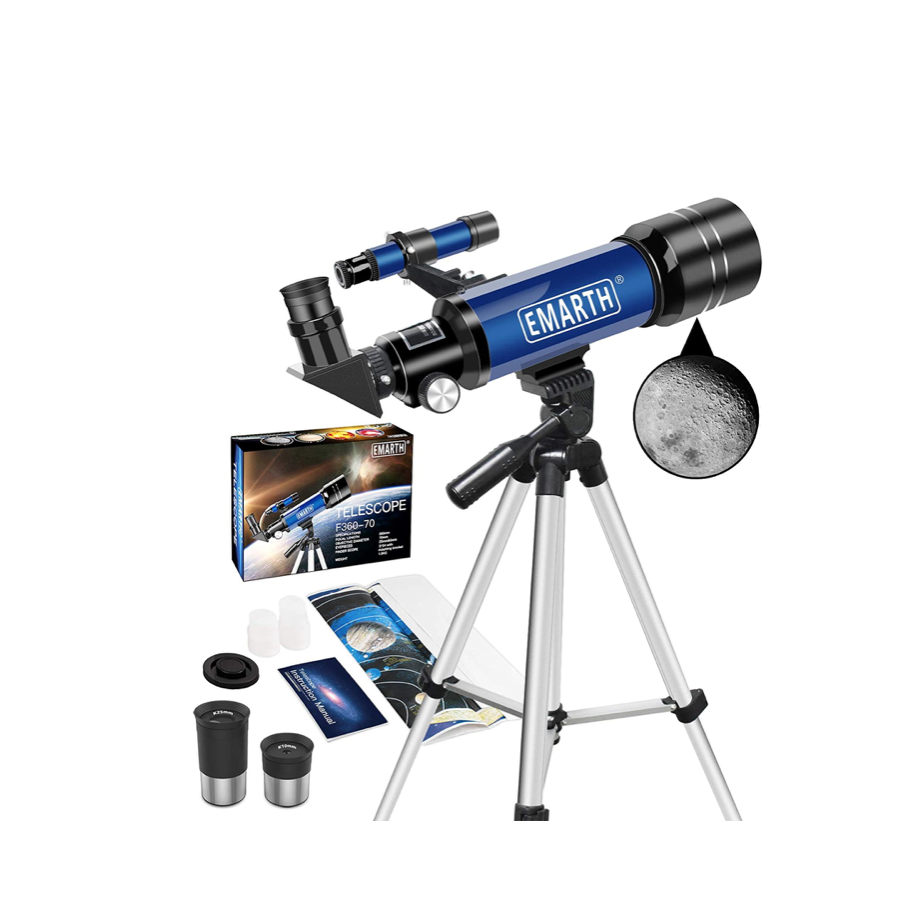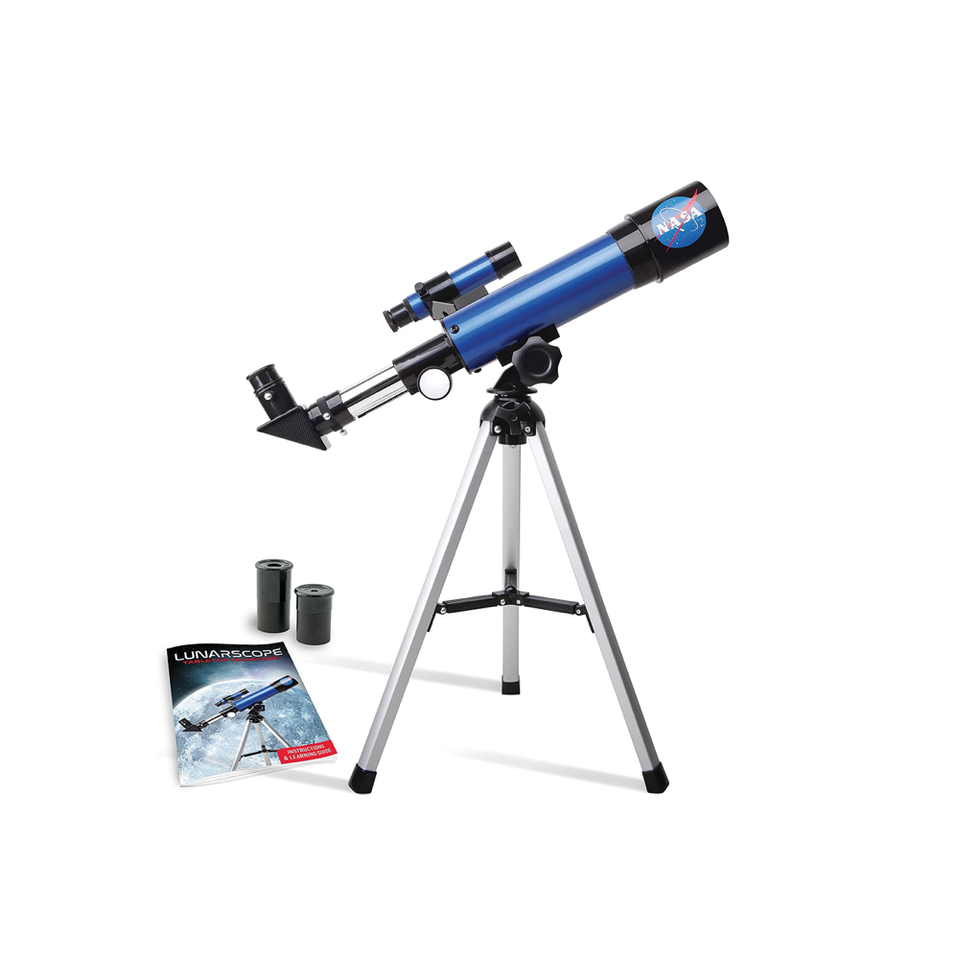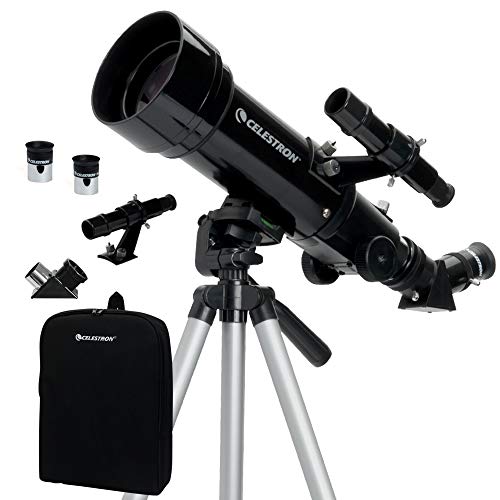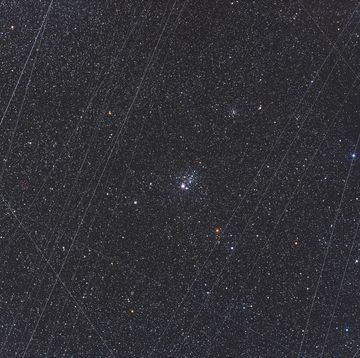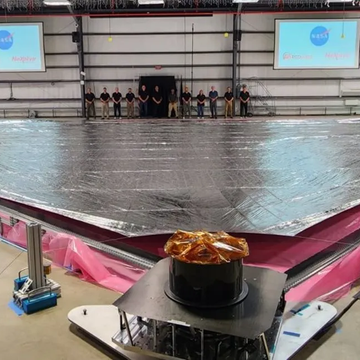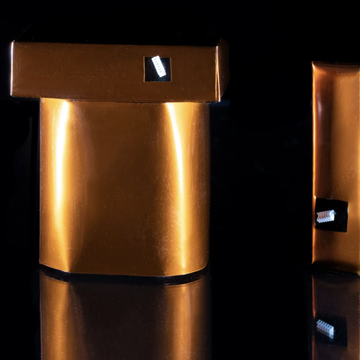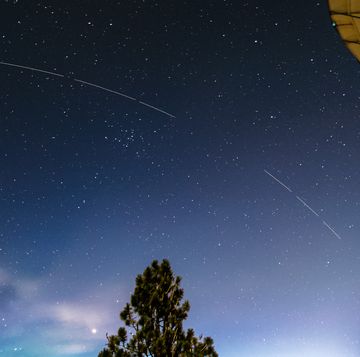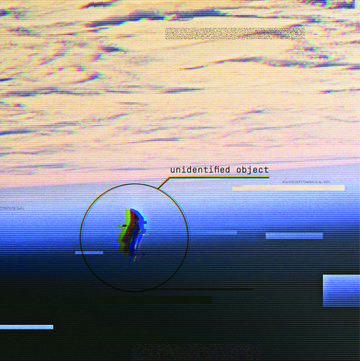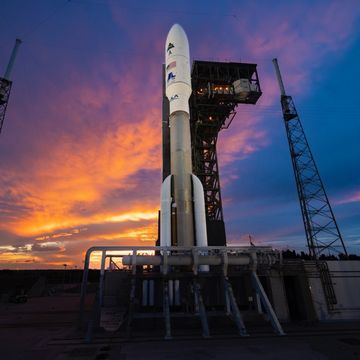- An object called 2020 SO is about to briefly become a "mini-moon," captured by Earth's orbit.
- There's a chance, however, that the object in question may actually be a piece of space junk leftover from a mission that launched more than 50 years ago.
- This isn't the first time Earth has captured a mini-moon, nor is it the first time we've mistaken space junk for an asteroid.
A strange object is hurtling toward Earth and, according to estimations of its trajectory, it will briefly become a mini-moon.
🌌You like badass space stuff. So do we. Let's nerd out over the universe together.
Earth has captured mini-moons before, so this new one, 2020 SO, wouldn't be the first of our moon's tiny companions. But there's something strange about it: Astronomers believe the object may actually be a piece of human-made space junk that's, well, returning home.
Some scientists think the object may be what's left of a mission that launched for the moon more than 50 years ago. NASA's Surveyor 2 spacecraft launched atop an Atlas LV-3C Centaur-D on September 20, 1966. Unfortunately, NASA lost contact with the craft three days later when a thruster failed to start, sending the mission on a tailspin into the lunar surface.
The working theory is that 2020 SO may actually be the Centaur stage of the United Launch Alliance rocket that propelled Surveyor 2 out of Earth's orbit. The object's size, which researchers have determined to be roughly between 21 and 46 feet long, is a relatively close match for the rocket's dimensions (approximately 41 feet). It's also moving at a much slower clip than what is expected of a natural asteroid, or even rocks that have been ejected from the lunar surface.
"I suspect this newly discovered object 2020 SO to be an old rocket booster because it is following an orbit about the Sun that is extremely similar to Earth's, nearly circular, in the same plane, and only slightly farther away the Sun at its farthest point," Paul Chodas, the director of NASA's Center for Near Earth Object Studies, told CNN. He continued:
"That's precisely the kind of orbit that a rocket stage separated from a lunar mission would follow, once it passes by the Moon and escapes into orbit about the Sun. It's unlikely that an asteroid could have evolved into an orbit like this, but not impossible."
Typically, when a rocket launches, any attached boosters fall back down to Earth and are either recovered or crash into the ground (hopefully not in a crowded area). Once the first stage runs out of fuel, it detaches and often burns up in Earth's atmosphere. And once any lingering stages used to propel a spacecraft have been spent, they're discarded in Earth's orbit or drift off and eventually join a heliocentric orbit.
"You have to keep tracking these things, or you can just sort of lose sight of them really easily," Alice Gorman, a space archaeologist at Flinders University in Australia, told ScienceAlert. "And if they do something a little bit unpredictable, and you look the wrong way, then you don't know where it's gone. It is quite astonishing, the number of things that have gone missing."
Of course, this isn't even the first time we've been tricked by an old launch vehicle. Spent rocket stages have duped us before: In 2002, an amateur astronomer spotted an asteroid that was later named J002E3. Further analysis revealed that the "asteroid" in question was actually the upper S-IVB stage of Apollo 12's Saturn V, which had launched for the moon in 1969.
Researchers hope to get a closer look at 2020 SO on December 1, when it will swing within 31,000 miles of Earth, and in February 2021, when it will swing past Earth again, this time at a distance of approximately 137,000 miles.
It looks like 2020 SO will enter and exit Earth's orbit via the Lagrange points, which are a set of gravitationally stable points between Earth and the sun. It's expected to kiss our Earthly orbit goodbye next May. (Take us with you, rocket.)
🔭The Best Telescopes for Stargazing
Jennifer Leman is a science journalist and senior features editor at Popular Mechanics, Runner's World, and Bicycling. A graduate of the Science Communication Program at UC Santa Cruz, her work has appeared in The Atlantic, Scientific American, Science News and Nature. Her favorite stories illuminate Earth's many wonders and hazards.

